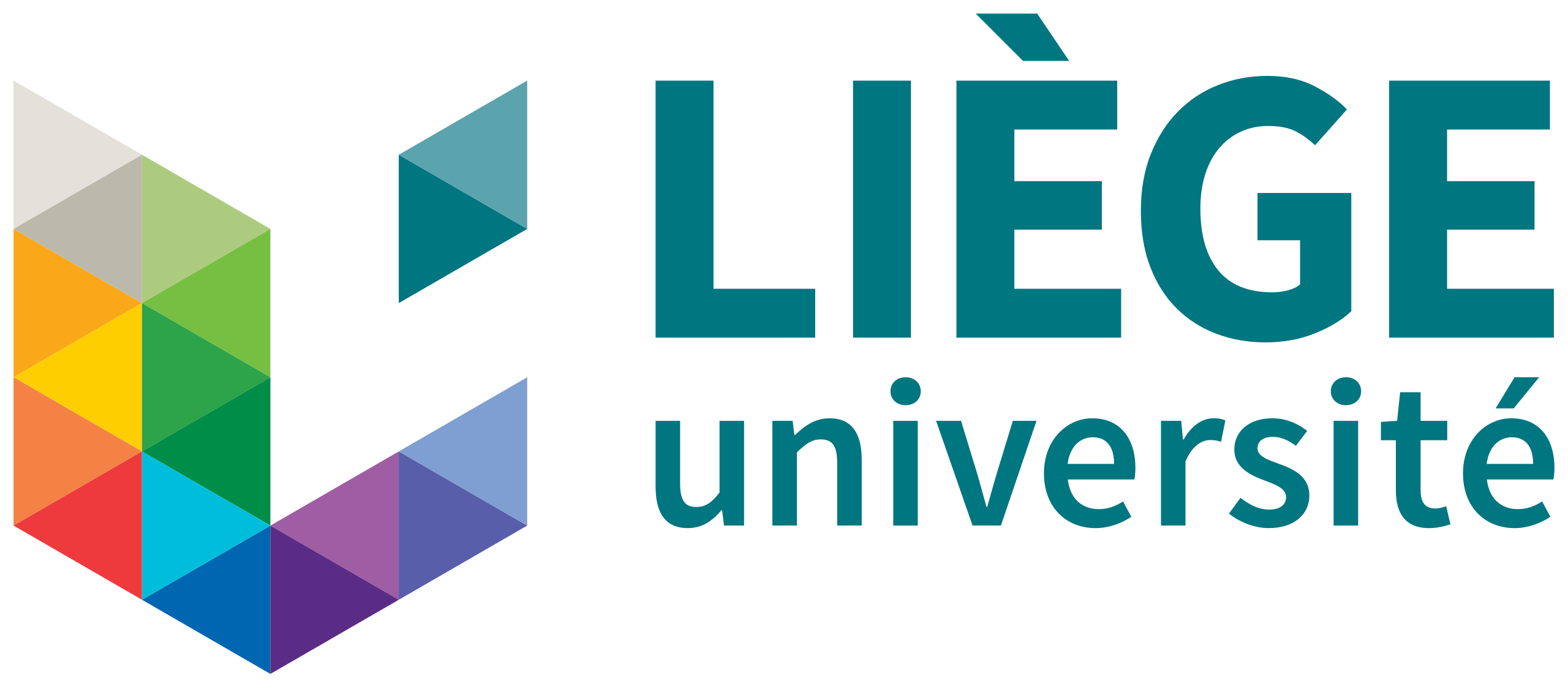Welcome to the VERBE website
Towards a greenhouse gas emission monitoring and VERification system for BElgium (VERBE) aims to address the need to develop an independent, top-down, temporally and spatially explicit greenhouse gas (GHG) emission monitoring and verification support (MVS) capacity for Belgium in support of government policies. The national MVS will also contribute to the European MVS capacity that is called for in the context of the global stocktake process of the Paris Agreement, the European Union (EU) strategy to reduce GHG emissions, and the Belgian signature of the methane pledge to cut emissions by 30% from 2020 levels by 2030.
The MVS aims at:
(1) quantifying the GHG concentrations above Belgium at a subregional scale (of order 25 km2),
(2) identifying and quantifying major sources and sinks,
(3) distinguishing between anthropogenic and biogenic sources and sinks.
The MVS capacity to be developed will build on existing ICOS ecosystem and atmospheric-type infrastructure and data, tools and expertise, use of complementary satellite and Copernicus Services analyses and data, as well as existing expertise with the WRF-GHG model. Additional infrastructure for monitoring of atmospheric GHG concentrations in Belgium will be implemented based on a network design study for identifying the most relevant location(s) according to the IG3IS (Integrated Global Greenhouse Gas information system) guidelines. Also an inverse modelling capacity adhering to the Community Inversion Framework (CIF) will be developed for Belgium.
Priority will be given to CH4 and CO2 MVS, and a similar capacity for N2O will be prepared.
The project includes the Belgian ICOS partners as well as foreign expert teams for complementing the Belgian expertise. It is envisaged to consult the relevant stakeholders in Belgium, in particular the agencies responsible for the National Inventory Reporting (NIR), to identify the major knowledge gaps.
The expected results are:
(1) new additional atmospheric ICOS- and TCCON-type observations of GHG (CO2, CH4, CO, N2O) in Belgium;
(2) a new inverse modelling framework for GHG optimized for Belgium, based on WRF-GHG and the CIF;
(3) a demonstration of the added-value of providing top-down information about GHG emissions for Belgium, as a complement to the available bottom-up inventories;
(4) an indication of the potential to reduce uncertainties in the bottom-up inventories and of the potential of the initiated system (observation infrastructure + modelling tools) to become a key decision support tool for stakeholders and policymakers;
(5) a roadmap to further improve and sustain the MVS capacity in Belgium: (a) requirements for the development of a MVS capacity for N2O, (b) recommendations for additional observations to further reduce the uncertainties, and (c) resources needed to sustain the MVS capacity into the future.
Through this project, Belgium will join the small pool of countries that have established a MVS capacity at the national level. The project will result in accurate and more timely information about national GHG emissions to complement and improve the NIR, based on a top-down approach that is complementary to the current bottom-up approach. It will support the establishment of national climate change mitigation policies and their verification, in compliance with the Belgian commitments to the European and worldwide agreements, as well as the global stocktake process.
Project timeline: 1/09/2022 - 1/12/2026
This site is maintained by






